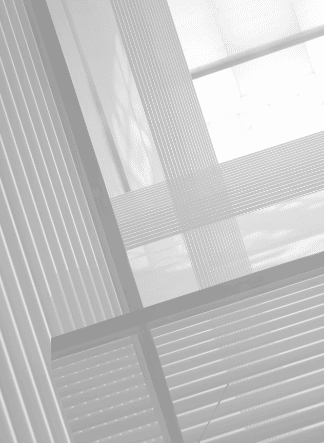At the Deschamps-Braly Clinic, we proudly offer the best in nonsurgical treatments with Jennifer Fick, M.S.N., F.N.P-C, C.A.N.S. Jennifer has advanced training in a wide range of cosmetic treatments and holds over 20 years of experience in the field of cosmetic dermatology. This allows her to offer effective, tailored treatment options to meet your unique needs and goals. You may be surprised to learn just how significant your results can be through nonsurgical treatments like laser facials, injectables, and chemical peels.
Refreshing Laser Treatments
Unwanted pigmentation is a common complaint, whether that’s brown sunspots and age spots or redness throughout the face. Jennifer uses advanced laser treatments to rejuvenate the skin and break up unwanted pigmentation.
ResurFX
ResurFX is a fractional, non-ablative laser treatment that utilizes a unique scanner to analyze the skin, protect it from overheating and damage, and precisely target pigmentation. Through ResurFX treatment, microchannels are created to stimulate the natural healing and collagen production response while the surrounding skin is left undamaged to minimize side effects and the healing period.
IPL (Intense Pulse Light)
An IPL Photofacial is a popular laser treatment that can be adjusted according to your Fitzpatrick skin type, making it a highly versatile treatment option safe for many skin types, tones, and concerns. IPL treatments utilize multiple wavelengths of the visible light spectrum to treat a wide range of concerns including sun damage, redness or visible blood vessels, birthmarks, or lines and wrinkles.
Neuromodulators: Not Just for Wrinkles!
Neuromodulators, like Botox, have so many surprising uses in the hands of an expert. Jennifer can use Botox to treat TMJ, migraines, or hyperhidrosis. These treatments can also be used for lip rejuvenation or even non-surgical jaw contouring in addition to softening lines and wrinkles. Neuromodulators work by blocking nerve signals. This means that they can soften facial expressions that result in wrinkles, relax muscles that cause tension headaches, and migraines, or interrupt the nerve signals that trigger sweating.
Hand Rejuvenation
We spend a lot of time focusing on signs of aging in our faces, but don’t ignore your hands! Sun exposure over time, dryness from frequent hand washing, and natural volume loss all contribute to signs of aging in the hands. Jennifer often uses microneedling, laser treatments, and even dermal filler injections to create younger-looking hands.
Nonsurgical Gender Affirmation
Not ready for surgery? Plenty of nonsurgical procedures can still be tailored to create a look that better suits your gender identity, from lip fillers to laser treatments. If you are planning to have surgery, cosmetic treatments are a great option to prepare your skin and ensure it is in good health before your surgery takes place. A consultation with Jennifer will help guide your many options.
Nonsurgical Facelifts
A nonsurgical facelift can be achieved using treatments like injectables, microneedling, or lasers and usually involves a combination of these. Jennifer can make an expert recommendation during your consultation.
Schedule a Consultation
Schedule your consultation with Aesthetic Nurse Specialist Jennifer Fick at the Deschamps-Braly Clinic by calling 415-877-6321.


